Charles Xu
CS 180 Project 1: Images of the Russian Empire: Colorizing the Prokudin-Gorskii photo collection
Introduction
The Prokudin-Gorskii photo collection is a historical archive containing more than 10,000 glass plate images captured between 1908 and 1915 by Russian photographer Sergei Mikhailovich Prokudin-Gorskii. These photographs offer a rare view into the daily life, architecture, and landscapes of the Russian Empire during a time of profound political and social transformation. Library of Congress digitaized the negatives of these RGB glass plate and made them available to the public.
Implementation
Exhausive Search
The naive approach iterates over all possible shifts in both x and y directions within a window of 15 pixels. Given one channel as the base and another as the moving channel, the alignment score is evaluated at each step. In this project, I utilized two different scoring metrics: L2 norm and normalized cross-correlation (NCC). Of the two, I found that the L2 norm performed best for my implementation. Using nested loops, I implemented the find_displacement_naive function, which computes the best displacement between two image channels.
- L2 Norm (Sum of Squared Differences) is defined as:
- Normalized Cross-Correlation (NCC) is defined as:
Single-scale implementation is being used on the following low-res images:

Size: 165K Displacement G: (5, 2), R: (12, 3)

Size: 152K Displacement G: (-3, 0), R: (3, 1)
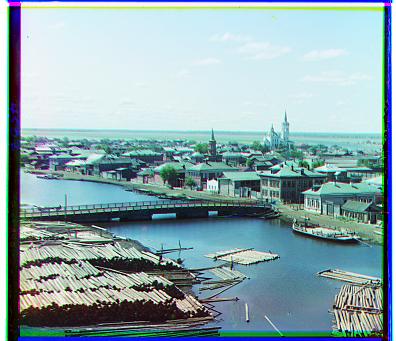
Size: 173K Displacement G: (3, 3), R: (6, 3)
Pyramid Search
The pyramid search algorithm recursively scales down the image by half and performs alignment on the scaled images to improve accuracy. I implemented the find_displacement_pyramid function on top of find_displacement_naive, which significantly reduced runtime and enhanced performance. In this case, I found that using NCC further improved the results. The challenge was determining the optimal number of pyramid layers. Setting a fixed number of layers is not ideal because different image sizes require different numbers of layers. Therefore, I ensured that the smallest image had at least 16 pixels and calculated the number of layers using a logarithmic function.
I also experimented with dynamically adjusting the window size as the scaling factor increased, but this resulted in longer runtimes without noticeable performance improvements. To balance runtime and accuracy, I chose a constant window size of 8 as the optimal value for all images.
Multiscale pyramid implementation on the following large images

Displacement G: (25, 4), R: (58, -4)
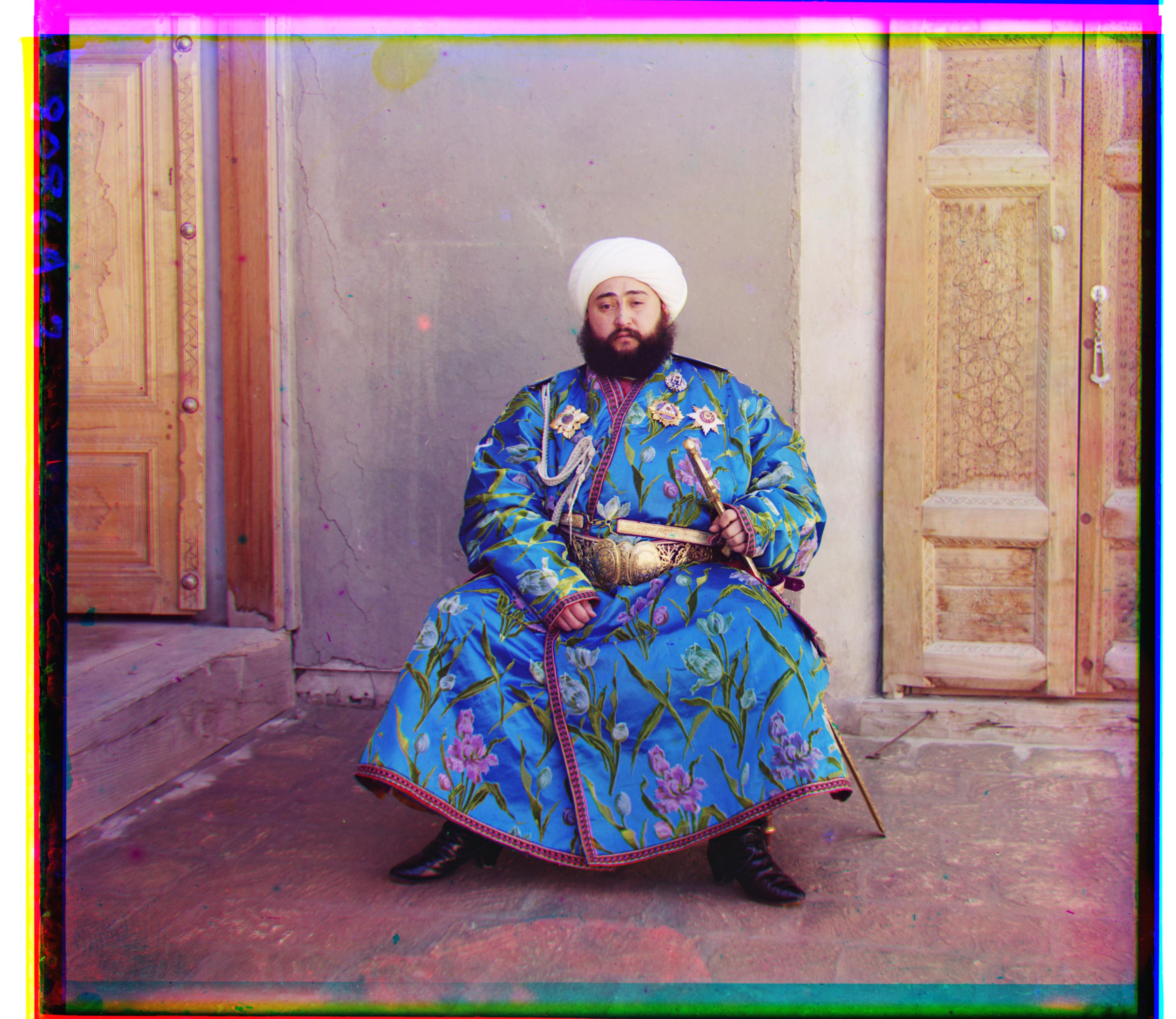
Displacement G: (49, 24), R: (107, 40)
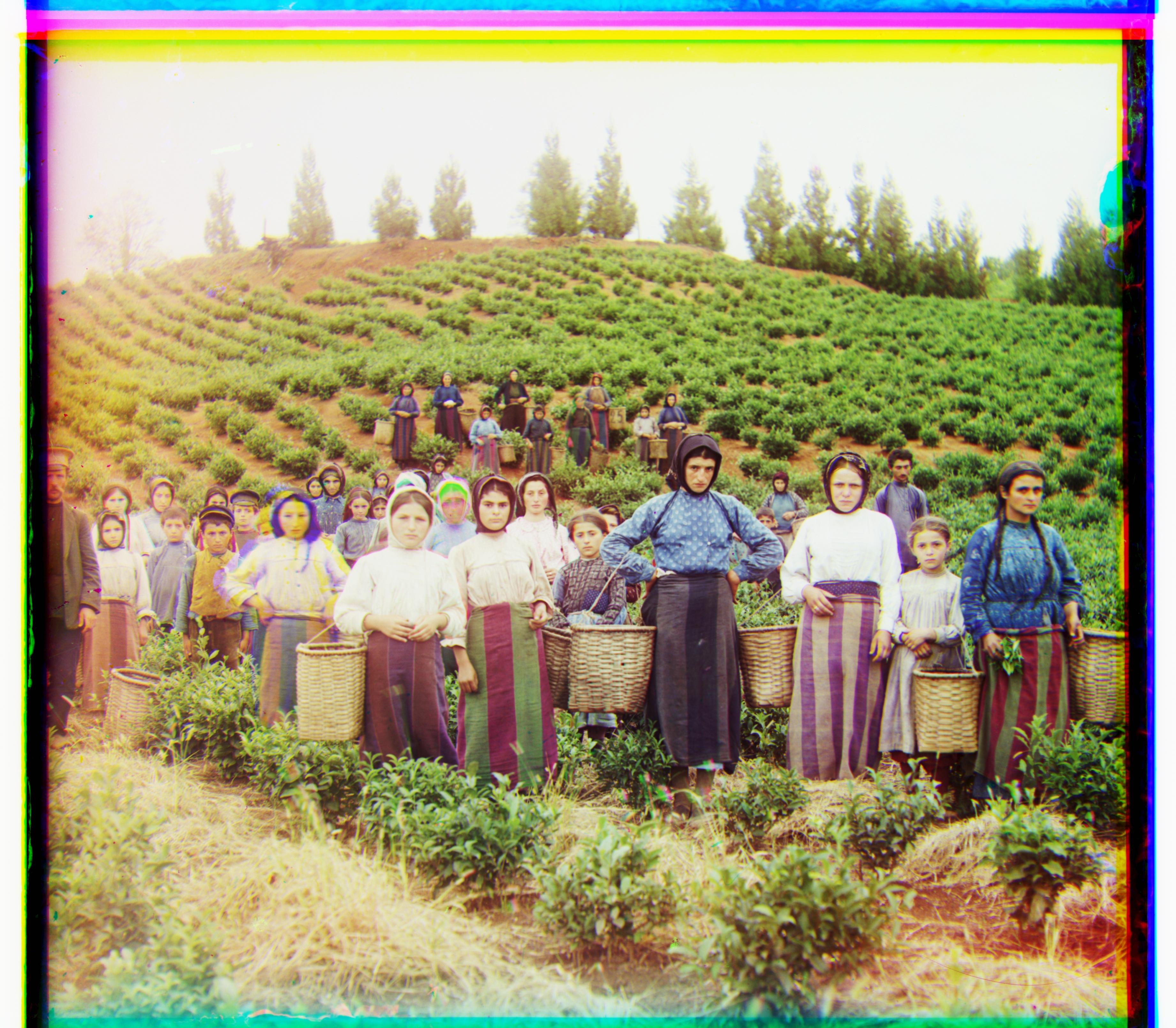
Displacement G: (60, 17), R: (124, 14)
![]()
Displacement G: (42, 16), R: (89, 22)

Displacement G: (56, 9), R: (120, 13)
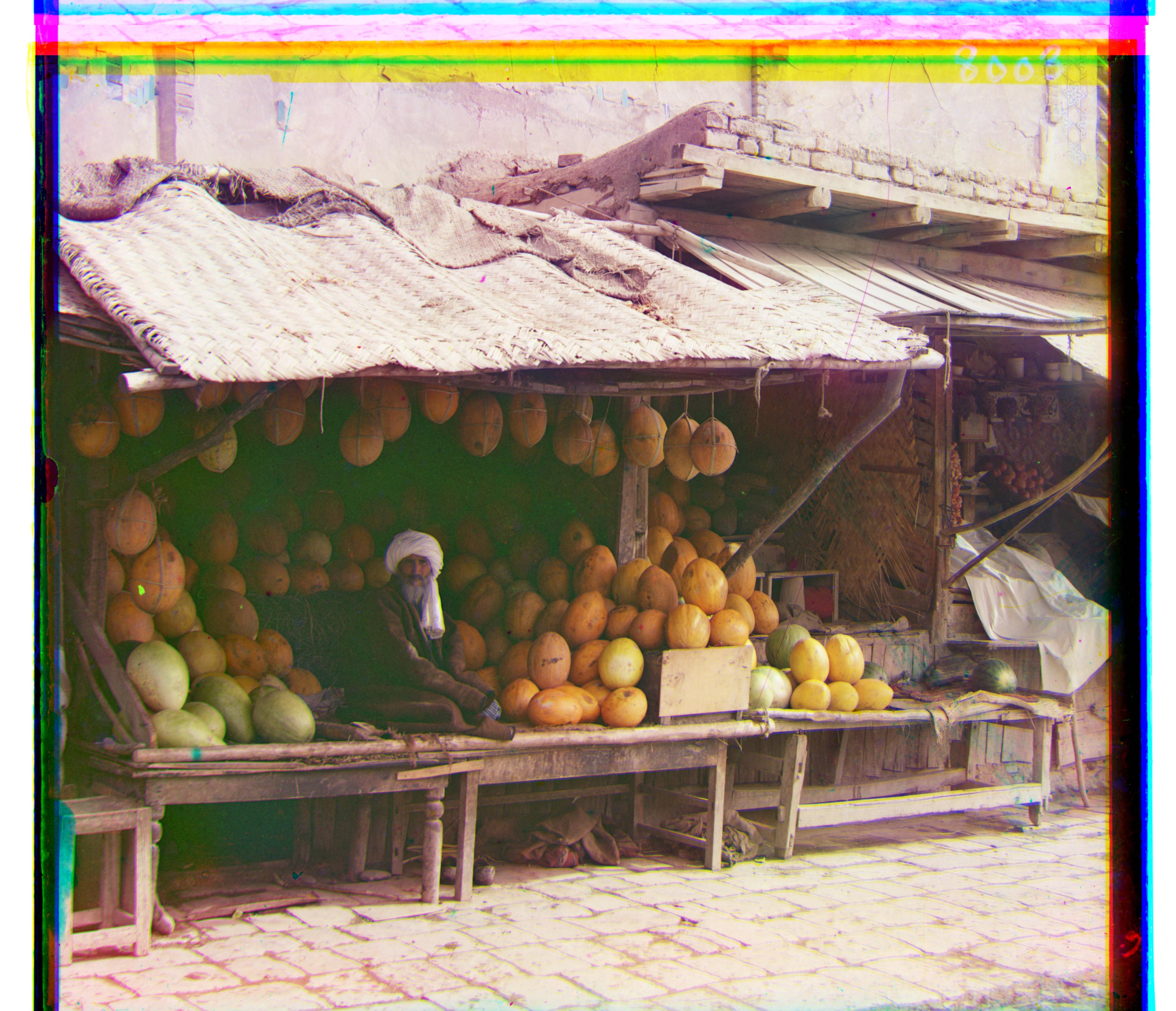
Displacement G: (80, 10), R: (177, 13)
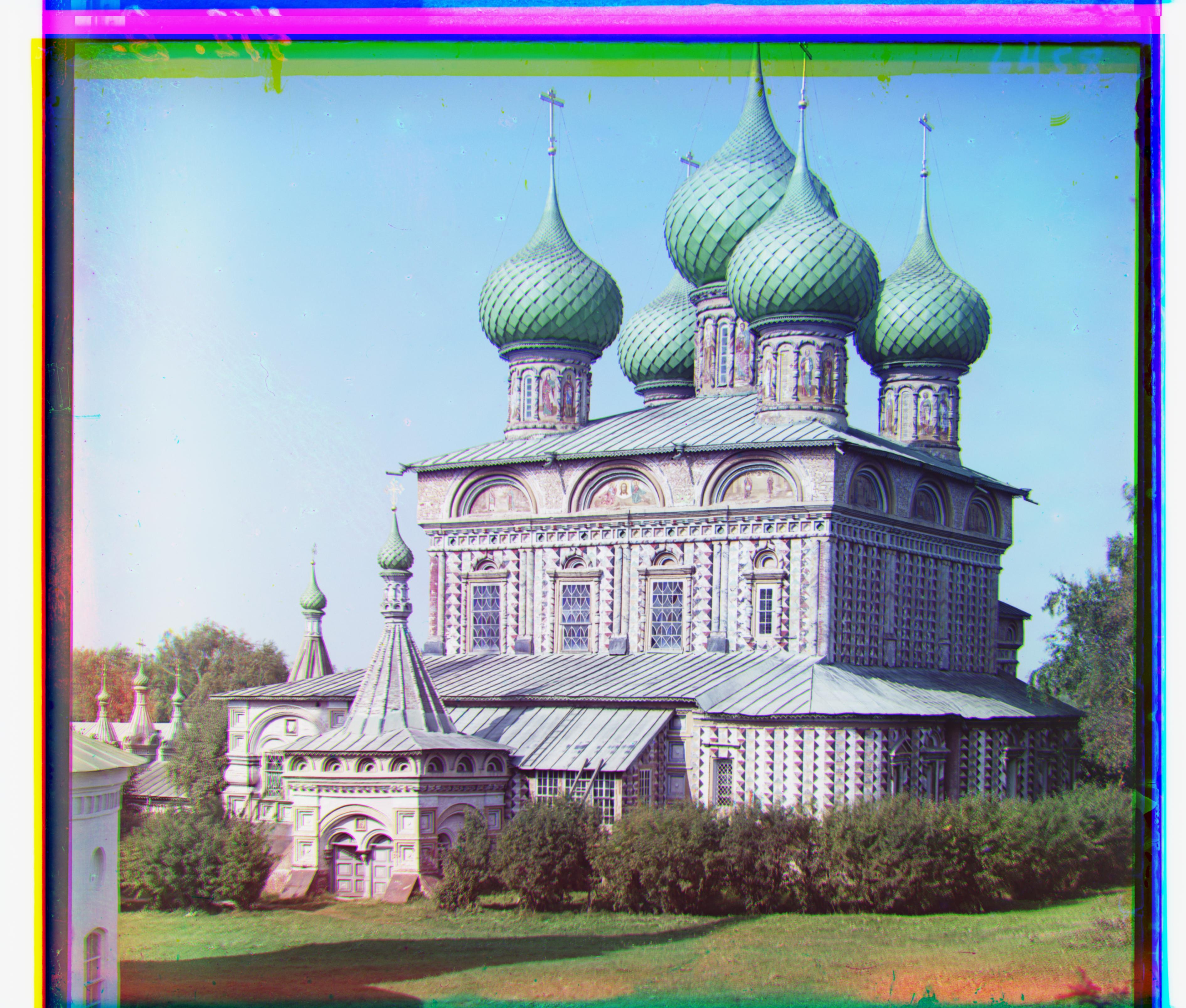
Displacement G: (51, 26), R: (108, 36)

Displacement G: (33, -11), R: (139, -26)
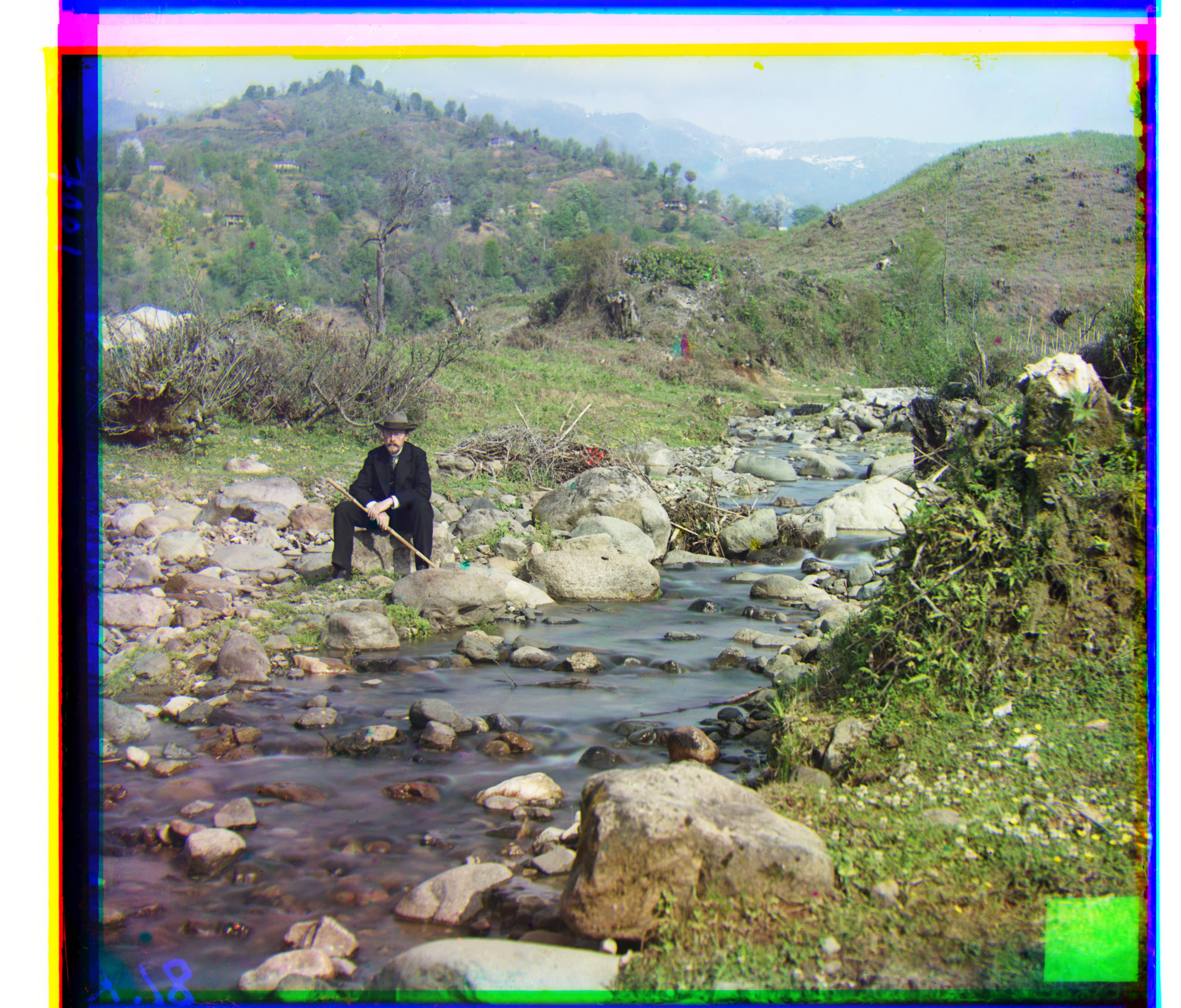
Displacement G: (78, 29), R: (176, 37)
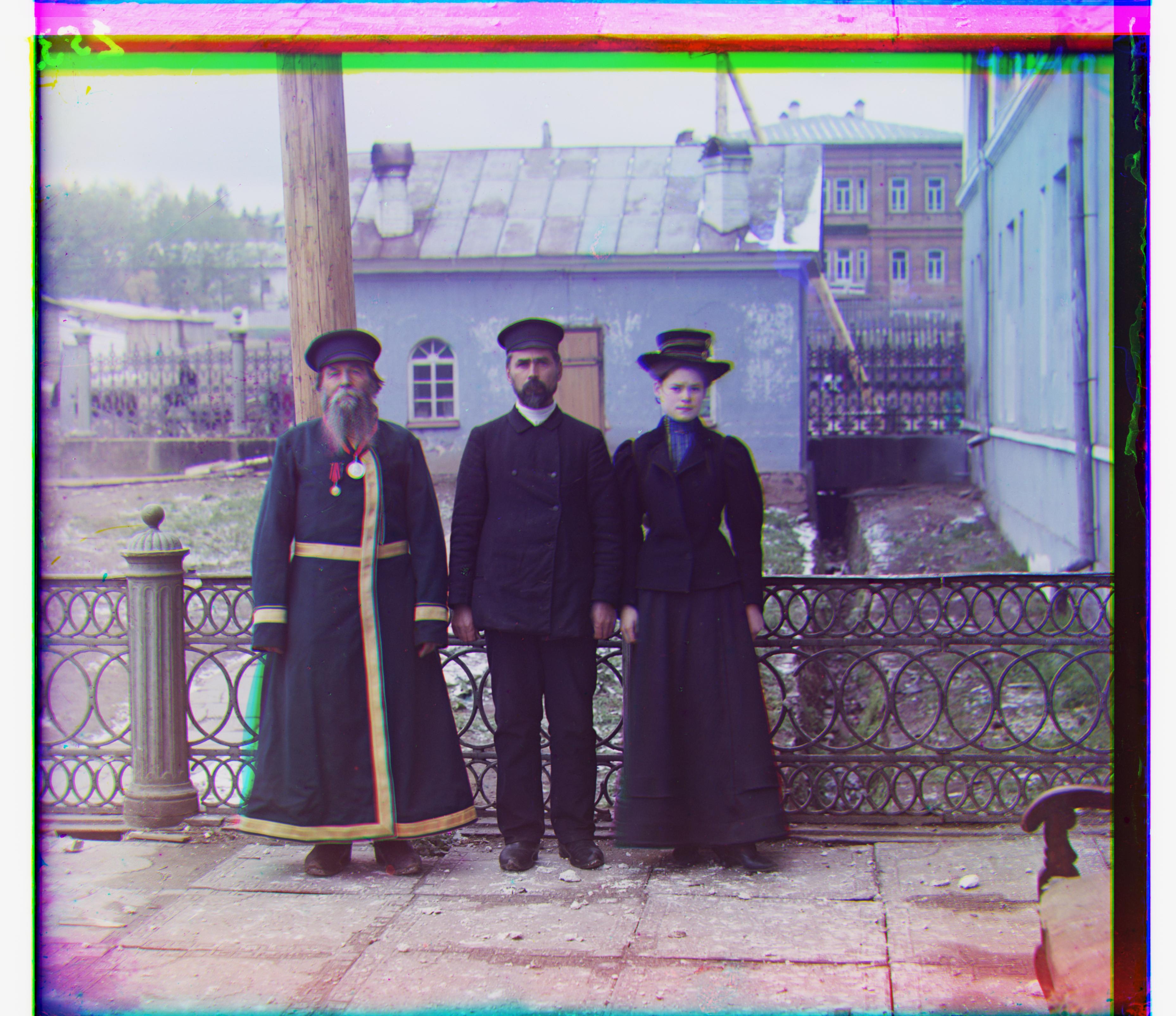
Displacement G: (54, 12), R: (111, 9)

Displacement G: (41, 2), R: (85, 29)
Additional Techniques (Extra Credit)
However, some images did not align as expected using the methods described above, so I incorporated additional techniques to handle these cases. I employed two refinement techniques: gradient detection and cropping. The Sobel gradient functions as an edge detection filter, highlighting areas of the image where intensity changes significantly. This feature improves alignment accuracy by focusing on the most important structural elements. Additionally, image borders typically do not contribute to the alignment process, so cropping the outer borders helps eliminate noise that may be inconsistent with the main image content.
Here is an example using gradient and cropping
Before

After
